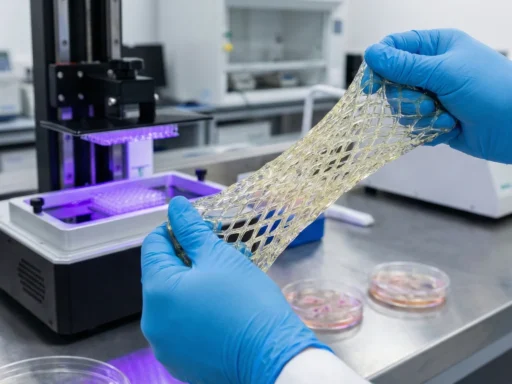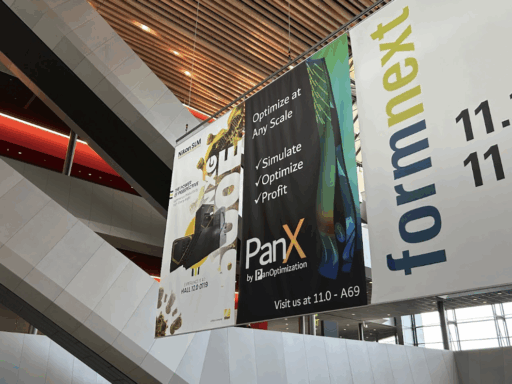Cancer research enters a new era with 3D bioprinting led by a team of McGill University innovators. TissueTinker, recent recipient of the McGill Innovation Fund (MIF) Develop Award, is determined to revolutionize cancer treatment. The team aims to address the fact that the most common testing tools in cancer drug development still rely heavily on outdated systems like animal models and 2D cell cultures. According to the team, these methods fail to replicate the complexity of human tumours, contributing to a 90% failure rate in cancer drugs that make it from lab to clinical trial.
The team have developed customizable 3D bioprinted tumor models that simulate how human cancer behaves more accurately. Their printed tumors are created with bio-ink, just 300 microns in size, and able to mimic specific characteristics like hypoxic cores or tissue heterogeneity.
“This is the sweet spot size,” said co-founder Benjamin Ringler, a graduate of McGill’s Master’s in Translational Biomedical Engineering. “It’s large enough to be useful, but small enough to minimize material costs.”
The team’s success in customizing tumour environments, such as replicating oxygen-deprived zones or specific cellular structures, enables researchers to explore how cancer behaves under controlled, human-relevant conditions. With such precision it is entirely possible to identify ineffective treatments earlier in the drug development process, potentially saving years of work and millions in clinical trial costs.
TissueTinker’s technology aligns with the shift toward more predictive, ethically sound testing platforms. With support from the McGill Innovation Fund, the team is now expanding its tumor model library and working to ultimately license a customizable suite of models for pharmaceutical partners. Looks like a promising shift in cancer drug research – with more precise, scalable tools to improve early testing and reduce the failure rates that challenge the field.





